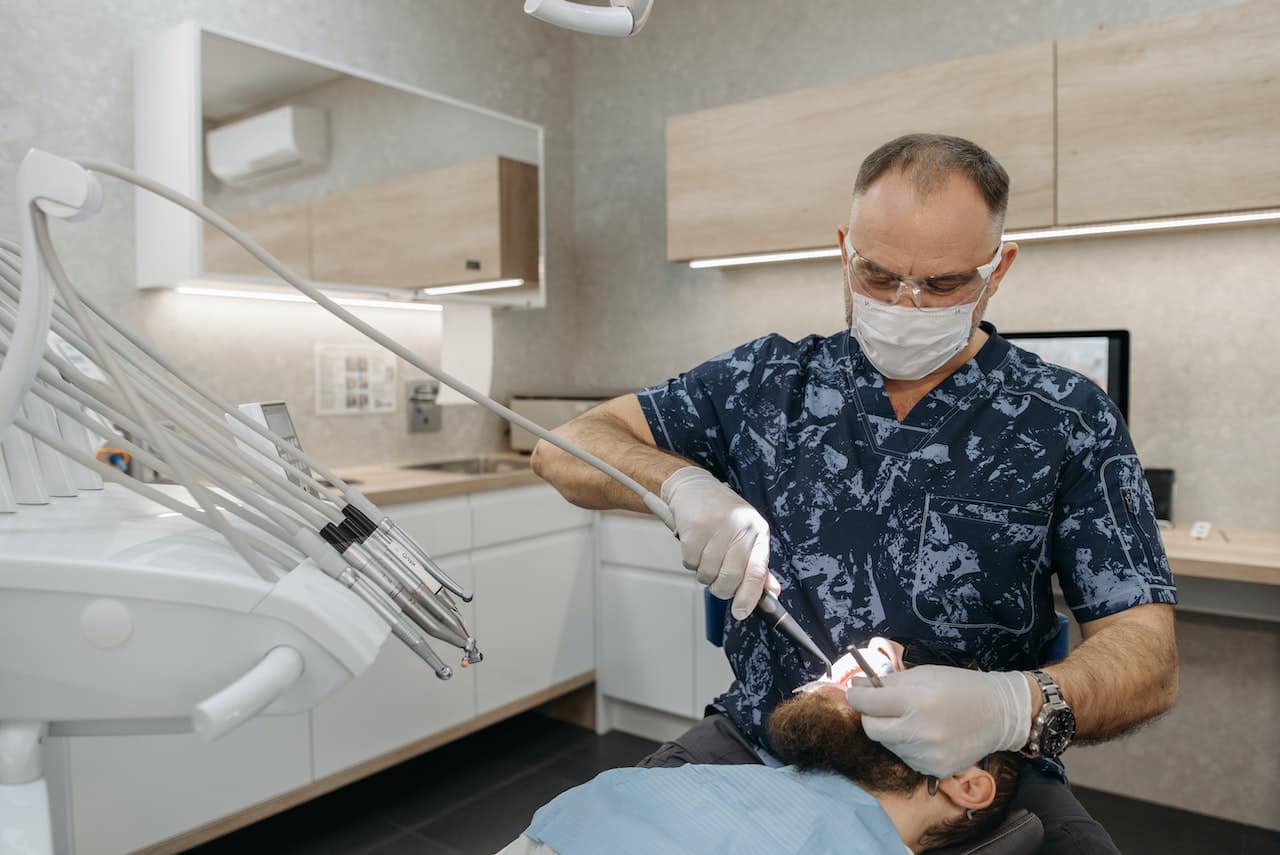Instead of combining business with pleasure, try mixing pleasure with pleasure (Hint: it’s already there).
It is increasingly recognized that we cannot ignore our mouths and expect to have a healthy body. About 300 diseases and conditions are related in some way to oral health, triggering some problems and aggravating others, says Dr. Brittany Seymour, associate professor of oral health policy and epidemiology at Harvard Dental School.
A 2017 nationally representative survey of more than 2,100 people aged 50 to 64 found that more than one-third had experienced dental problems that had caused them to miss work or experience pain, difficulty eating, or other health problems in the previous two years. About two-thirds had had a dental checkup in the past year, but nearly a quarter had yet to receive preventive dental care in at least three years.
“There is still a myth that we can neglect our oral health, that it’s only about our mouth. We know that’s not the case,” says Dr. Seymour, national spokesperson for the American Dental Association. “There continues to be a lack of awareness about the importance of oral health, far beyond our appearance.”
The dangers of gum disease
The side effects of poor oral health can be more severe than an occasional cavity. Harmful bacteria and inflammation can pass from the mouth into the bloodstream and reach far-flung areas of the body.
The heart is especially vulnerable. Building on research indicating that people with poor oral health (such as gum disease or tooth loss) have a higher rate of heart attacks, a new study goes further. The analysis, published on Aug. 1, 2022, in The Journal of the American Dental Association, found that heart attack patients who had not received dental care in the previous year stayed in the hospital longer than similar patients who had received dental treatment.
Meanwhile, a 2020 study published in the journal Diabetes Care estimated that in people with diabetes who also have periodontitis (severe inflammation of the gums and bones supporting the teeth), better gum care could reduce complications such as kidney, nerve, and eye damage by about 20 percent. Periodontitis is three times more common in people with diabetes, says Dr. Seymour. In addition, a person with uncontrolled gum disease often has more difficulty controlling blood sugar.
“The warning signs of diabetes can appear even in the mouth,” he says. “These include dry mouth, gum disease, changes in taste, slowed healing of cuts or wounds in the mouth, and oral infections such as canker sores.”
Other revelations
What else might surprise you about dental health? Dr. Seymour offers six more clues.
Brushing harder or longer isn’t necessarily better. Your choice of toothbrush bristles – or an electric variety – is a personal preference, but a more abrasive brush won’t make your pearls whiter or your gums healthier. As a general rule, brush twice daily for at least two minutes. “It’s more about technique than thoroughness,” he says. “If your technique is effective, two minutes is just as effective as five. Ask your dentist for advice on optimal brushing techniques.
Flossing is optional, but cleaning between teeth is not. Some people don’t like to floss, but flossing is not the only way to clean between teeth, where debris and plaque hide. Skipping this vital step can lead to gum inflammation and cavities. People who hate flossing can try floss sticks, which are made up of small pieces of floss stretched between plastic spikes. Other options include an oral irrigator (such as Waterpik), an interdental cleaner, and a small cylindrical brush. “The bottom line is that cleanliness between teeth is important,” Dr. Seymour says. “Ask any dentist if they can tell which patients do it and which don’t – and we can.”
Your dentist does much more than check your teeth and gums and detect cancer. Dentists are trained to detect head and neck cancers during routine exams. It usually consists of pressing around your jaw, chin, and neck, looking for lumps or swollen lymph nodes. They will also stretch your cheeks and examine your tongue, the roof of your mouth, and your throat for abnormal spots. Head and neck cancers affect 66,000 Americans each year and kill 15,000.
Seeing a dentist during pregnancy is recommended. A long-discredited but widespread myth tells women to avoid dental care, especially dental X-rays during pregnancy. Preventive maintenance can stop a problem before it develops into an infection or a cavity that requires root canal treatment. Pregnancy also triggers many changes in the mouth, such as bleeding gums, that need to be evaluated. “You need to make sure these are normal changes that will resolve after delivery or determine if they are signs that require more immediate attention,” says Dr. Seymour.
Menopause can affect your mouth. The drop in estrogen and progesterone levels associated with menopause can reduce saliva production, leading to dry mouth and promoting tooth decay and dental infections. Gum pain and inflammation (gingivitis) are also more frequent as estrogen levels drop.
Chewing sugarless gum is not a substitute for brushing. Chewing gum promotes saliva production, which helps remove acids from food and beverages before they erode tooth enamel. Chewing gum made with the artificial sweetener xylitol can enhance this effect by reducing the level of caries-causing bacteria in saliva. But these benefits outweigh the value of twice-daily brushing. “Chewing gum can dislodge large food particles, but it is not as effective as brushing in removing plaque,” says Dr. Seymour.










